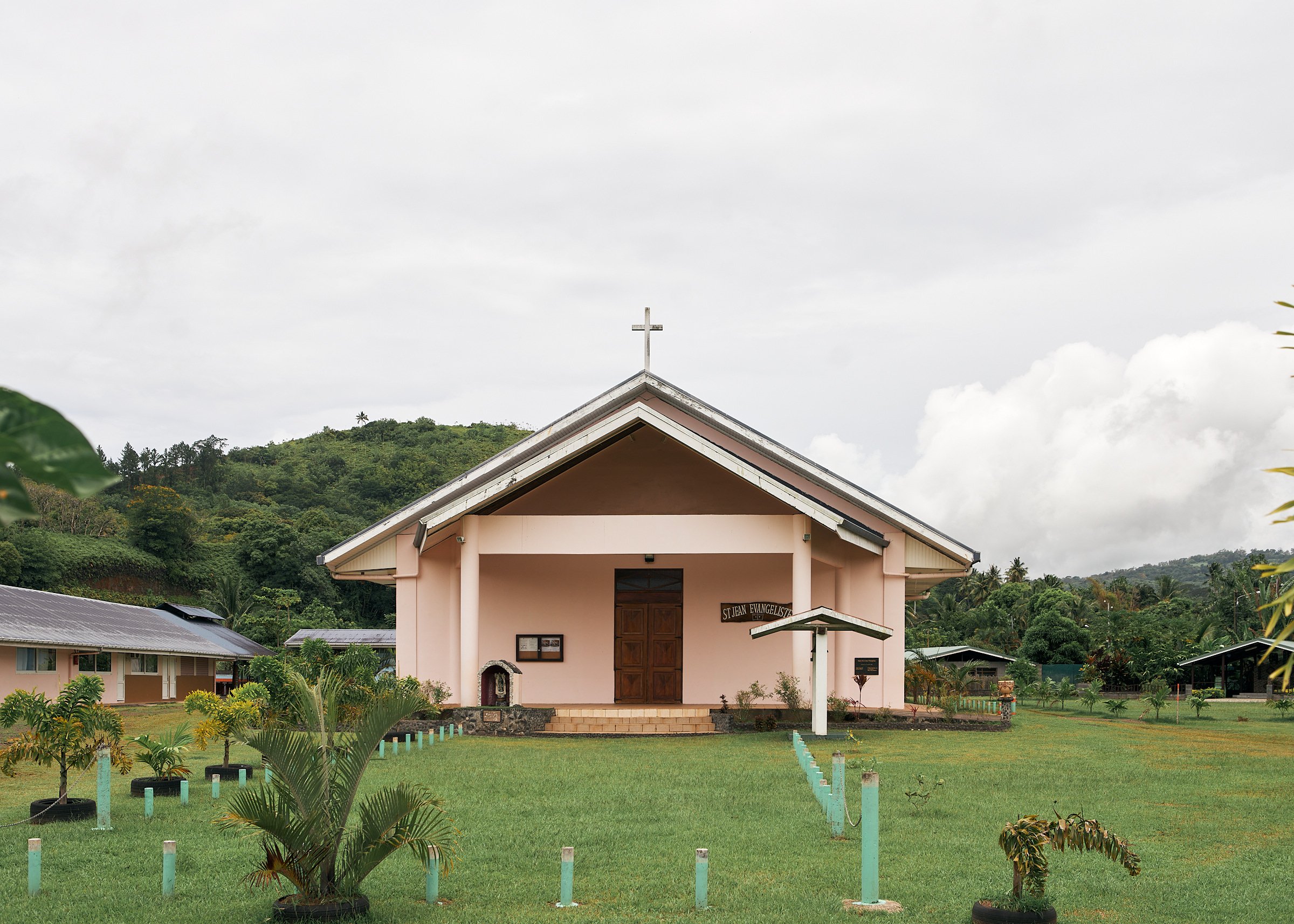Polynesian Churches
The earliest evidence of humans on the islands of French Polynesia dates back 1,200 years.
The islands were later visited by Europeans, including Captain Cook and Louis-Antoine de Bougainville. A series of skirmishes between the English and the French resulted in Tahiti, Mo’orea and their surrounding countries becoming the territory of both countries back and forth several times.
The first missionaries to arrive in Polynesia were English, French, and American, who were sent by their respective governments and churches to convert the Polynesians to Christianity. The introduction of missionaries to Polynesia in the 18th and 19th centuries was a crucial moment in the history of the region. The missionaries brought with them the Christian faith and a new way of life, which had a profound impact on the people of Polynesia.
They brought a new language, new laws, and a new way of looking at the world. They also brought a new type of architecture – churches – which have become iconic symbols of the islands of Tahiti, Mo’orea and the rest of the archipelago’s islands.
The missionaries quickly built churches in the largest towns and villages and began to teach the locals the Christian faith. They also encouraged the Polynesians to abandon their traditional beliefs and practices and embrace the new religion. The churches built by the missionaries in Tahiti and Moorea remain iconic symbols of the region. They are a reminder of the strong impact the missionaries had on the islands.










